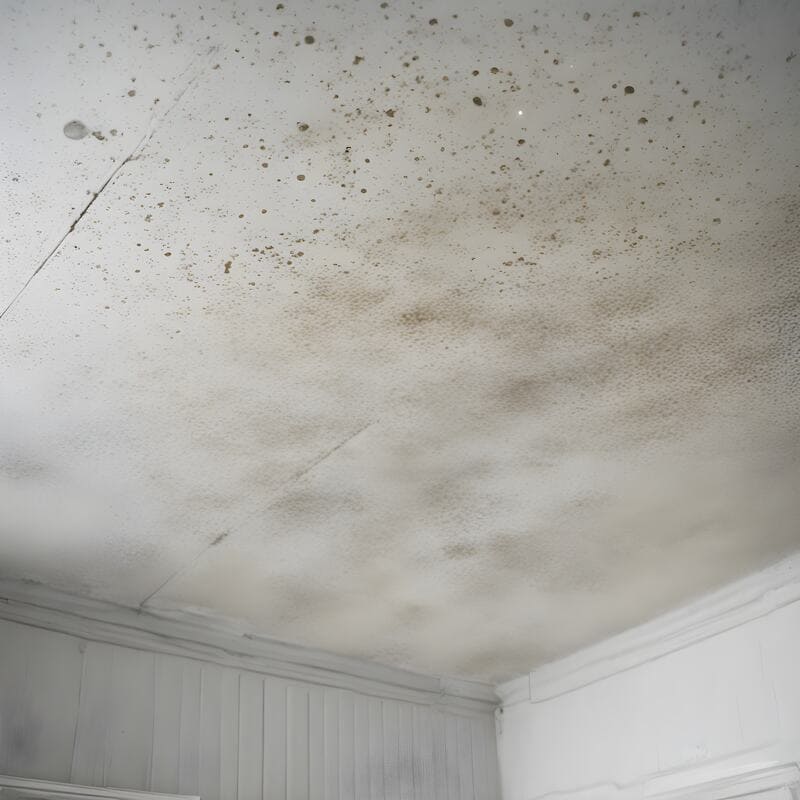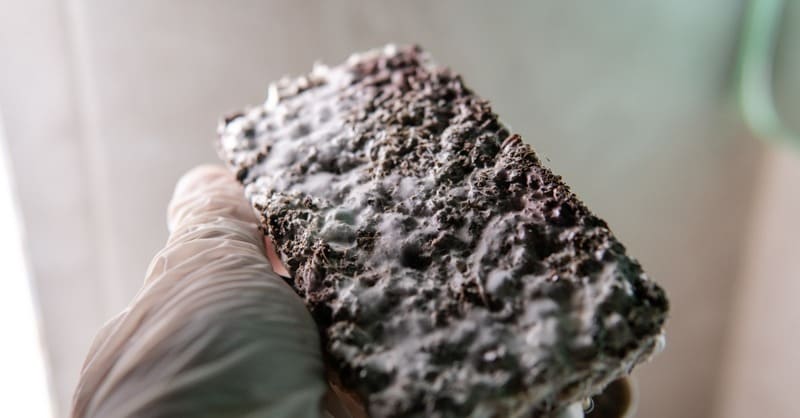After a fire, invisible combustion byproducts including soot, char, and ash particles penetrate throughout structures, creating ongoing health risks that aren’t immediately apparent. These microscopic contaminants spread far beyond visibly damaged areas, infiltrating HVAC systems, porous materials, and areas that appear clean but contain troublesome residues. Additionally, corrosive ions released during fires can cause electrical and component failures months after the incident. Fire damage assessment is also important to assess whether remedial work scopes may be over extended, meaning entities making claims of smoke damage without supporting information that results in costly cleanup activities that may not be justified. Professional assessment provides the scientific documentation needed to identify all contamination, ensure safe cleanup, support maximum insurance recovery where applicable or reduce unnecessary costs all supported with data.
Get your Free Ebook
Get expert insights download the E-Book now!
Gain practical tips, proven strategies, and industry knowledge—all packed into one powerful resource.








